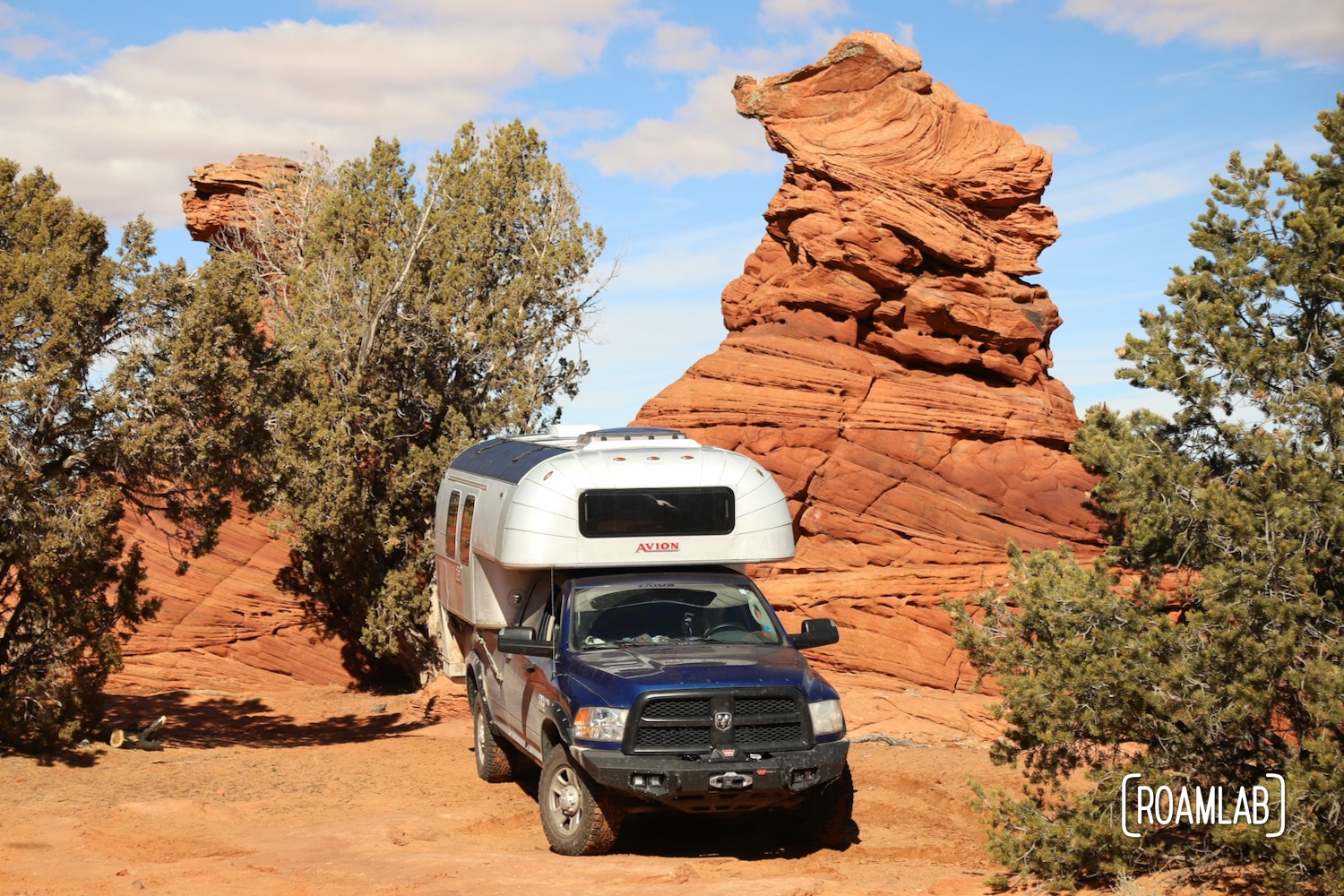White Pocket was supposed to be the highlight of our trip. The whimsical rock formations are the stuff of dreams, but the road there is a thing of nightmares. The 15-miles of washboard isn’t all that bad. It’s the last 10-miles of deep sand that keeps most visitors at a distance.
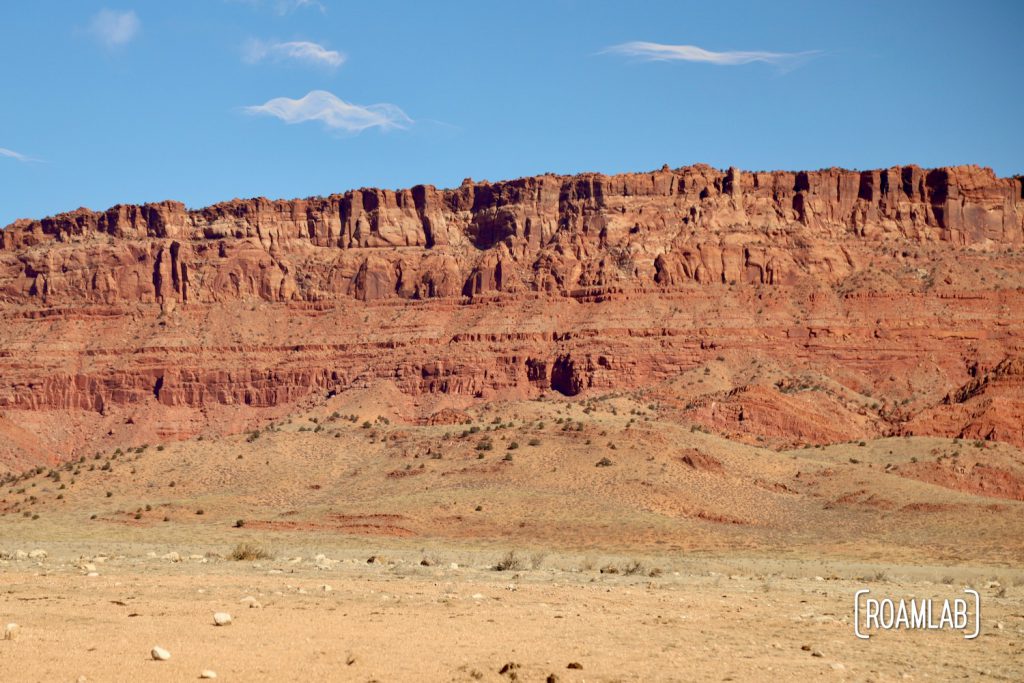
We are no strangers to remote trails and deep sand, but even we are hesitant to risk getting stuck on those last ten miles. Instead, we have a brilliant solution to the sand part: our bikes. The four-inch-wide tires are ideal for sand. The bikes were a lifesaver at Red Rock Canyon, where bikes don’t require reservations to access the scenic loop. But that success breads overconfidence.
It starts with a simple mistake. I researched the approach to White Pocket extensively. And when I pull up directions on Google maps, I glance at them, figure “that looks about right,” and turn off the well-worn main gravel road onto a lesser-used dirt route. The juniper trees grow close to the trail, and some turns tip us precariously on our side, but alarm bells don’t start ringing until we turn off onto a sandy two rut trail over a hill. Yes, we scale it, but this was akin to what I expect of the last 10-miles. Not the first fifteen. We are on the wrong road. It takes a bit of creative navigation and scouting ahead on foot but we finally discover the main road. By the time we reach the wide level gravel route, we were exhausted and just want to find a campsite.
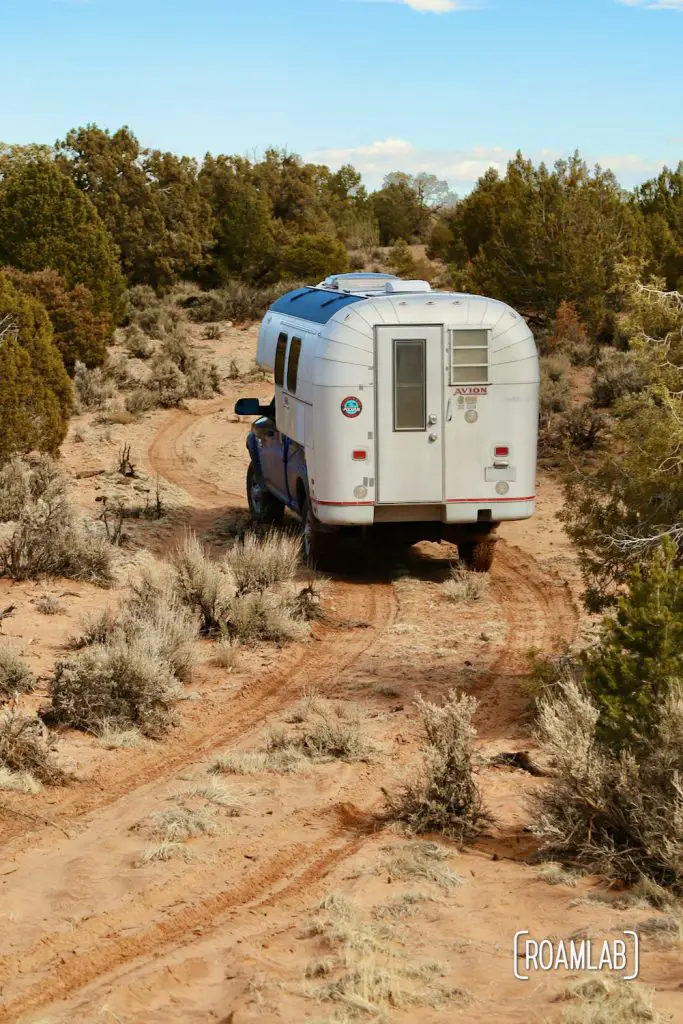
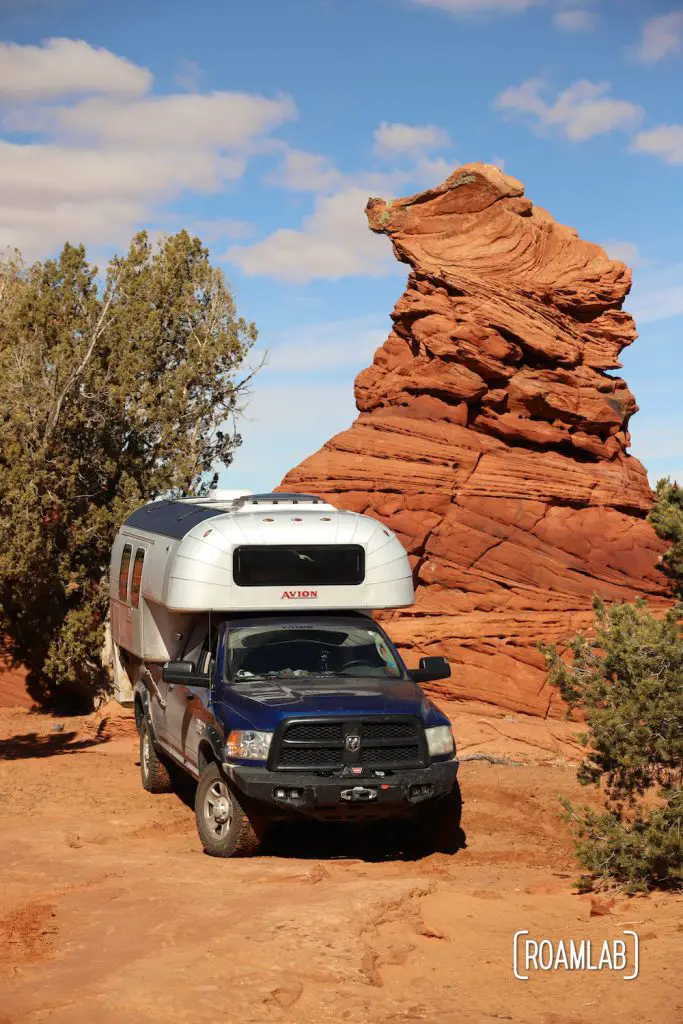
And find one we do! What a spot: parking next to two red rock pillars. We take a breather and then gear up our bikes. We have 3-miles of the main road ahead and 10-miles of sand. Normally, 13-miles would be a nice workout. That’s the length of the Red Rock Canyon Scenic Loop. Of course, that overlooks the return trip and the deep pink sand that catches our wheels and sucks away any momentum.
We don’t have to bike far down the sandy trail for me to realize we are in trouble. We are crawling through the sand. The sun seems to be racing us and winning. Maybe we should turn back and try tomorrow? But today is beautiful with clear blue skies. Tomorrow will be cloudy and might even rain. I decide it’s now or never. But the truth is, it’s a bit of both.
By the time we reach White Pocket, it is 4:30, and we’ll be lucky to reach our campsite by dark. I run up a ridge, snap a few quick photos and start peddling as if my life depends on it. And in an isolated wilderness with no cell service and below-freezing temperatures, that isn’t hyperbole. There’s no telling what might happen if it gets dark and we get lost.
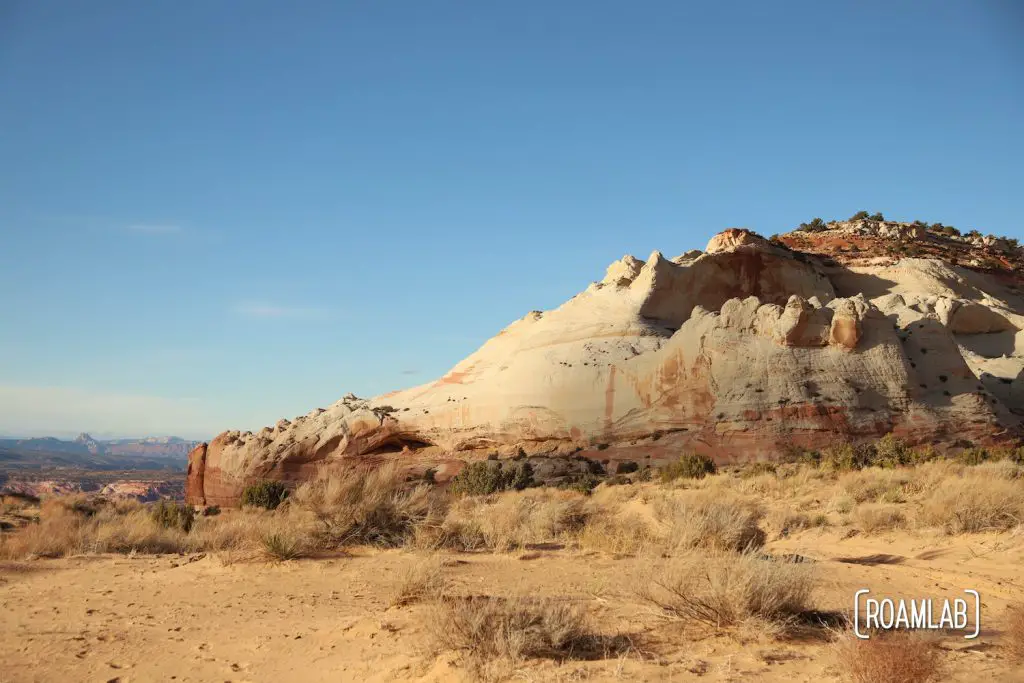
We talk about splitting up. Chris is a more powerful biker and I am weighed down by photography equipment*. We consider giving him both ebike batteries to make a speedy return to the camper and leaving any unnecessary weight with me. Then he can pick me up. But even with that extra speed, we know the dangers of splitting up in the wilderness. Convenience is not worth the risk. Instead, Chris takes on some of my camera equipment to lighten my load and we slog through every mile together.
It does get dark. Our ebike peddle assist runs out of juice halfway up the sandy track. The sun sets just as we reach the main road. But with the loss of light, we have to slow down to spot rocks in the road and keep an eye out for our campsite. My phone dies. Several times we are convinced that we must have missed the campsite. A sliver of cell service allows us a gut check on Chris’s phone, giving us hope that the campsite is not far ahead. Fingers numb, legs shaking, and gulping for air (and soon after, water), we finally pull into the Juniper shrouded nook where our camper is hidden from the road.
We crank the heat and thank our lucky stars. Some days don’t turn out the way you plan. Despite all the anxiety and physical stress, we take comfort in knowing that we pulled through together. The trip wasn’t the romantic moonscape I had dreamed of. But once I finally stopped shivering, I have that warm sense of confidence in our ability to overcome challenges as a team.
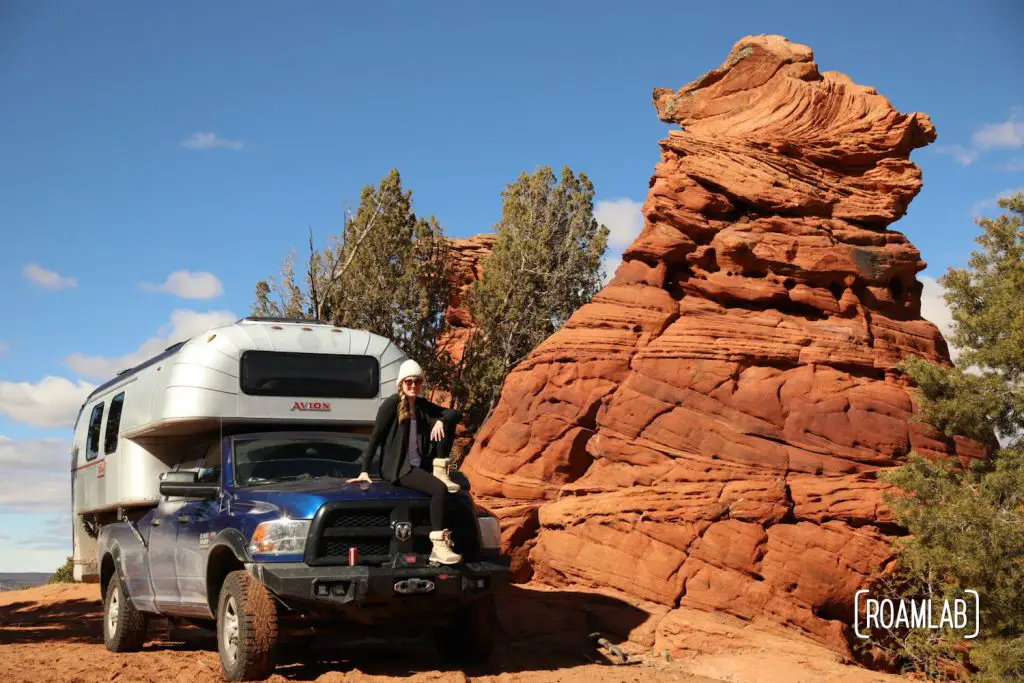
*For the record, it’s not like I’m a pack mule. Chris always carries the water. So, he generally starts the like with more weight and ends the hike with less.


